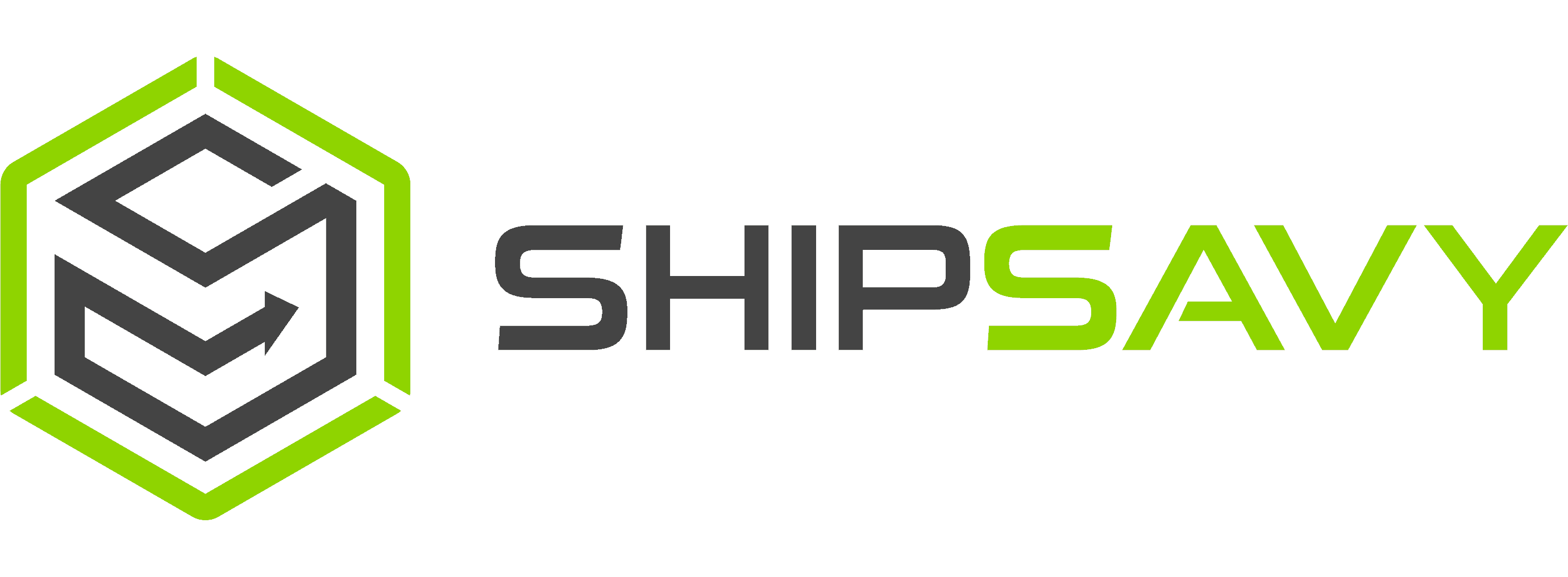How many units should I order for my Amazon FBA business?
If you are an experienced seller or just sinking your teeth into private label selling for the first time, the question of how many product units to order is always a hot topic. From your first round of inventory purchased, to keeping your Amazon FBA business machine well oiled, we have some pro tips to help you with your decision making.
Of course, looking at the sales data in your niche, using software to track competitors or your own average sales numbers, these are all important indicators. Not to mention your manufacturer’s production lead times. I�d like to talk about a few more strategies that we use, to ensure we optimize at every stage of the ordering process. Let�s dive in…
Once you establish the products you will be selling, or you have been selling a particular product for some time, you will want to know how to dial in your inventory ordering techniques and quantities to maximise profits. Knowing your supply chain processes for any individual product is critical for the best outcomes in your Amazon FBA business or any e-commerce business for that matter.
What do I mean by this?
We use our optimized master carton quantities and optimized pallet build quantities to help us in the ordering process. Knowing how many units you have inside your master cartons and how many units go on your pallets, are all numbers you should know for any products you sell. To add to this, knowing how many of your products can fit into a shipping container without pallets, are all numbers you will want to keep handy. Even if you are not ready to start filling your own shipping containers just yet. Let me go into more detail for you�
Opportunity, Sales Data and your niche….
Every seller will know at some point, how many units you are likely to be selling per month. If you have been selling a particular product for a while, you will no doubt have an idea from your sales history, approximately how many units you require to stay in stock.
On the other hand, if you are just getting started in your Amazon FBA business and are in the product research phase, you will be getting a clearer picture of what sort of order volumes you will need to launch your new product opportunity.
As an Amazon seller, how you decide on order quantities for your products, will be a decision based on some of the below factors:
- Average sale volumes in your niche and where your opportunity is.
- Researched relevant competitors’ sales volumes.
- Manufacturer production lead times.
- Air freight vs sea freight delivery times and costs.
- Launch strategies.
- Time frame needed to reach your product’s planned ranking opportunity.
- Your existing product sales history.
- The time of the year. (Yes, seasonality comes into the mix too!)
These points above are some of the areas that you will need to consider when ordering inventory. I have a few additional points I would like to share with you, to help make your decision process an easier and more profitable one.
Amazon FBA sellers, you need to know your numbers…
One of the biggest problems I see when talking to other sellers is their lack of knowledge around their detailed shipping processes in their Amazon FBA business. For me, (as well as the points above) this is the catalyst that drives order quantities and saves me wasting dollars in my business. I need to know the finer details when I place orders. I like to keep my ordering process lean. I don�t like trying to play catch up at the consumer end when I know I have left valuable dollars behind in the packaging and shipping stages of my business. You need to know your numbers.�
Here�s what I do…
Master Cartons Quantities
When I get into a product for the first time, I use the ShipSavy Master Carton Optimizer to create my product�s master carton for me, it does this in seconds and complies with all of the Amazon shipping specifications. Once saved, I know for the life of that product, I am fully optimized. My master carton has been created for me to easily calculate any sized order or shipment. I am also maximising my Amazon inbound shipping threshold, every time�I send in a product.
ShipSavy also displays a 3D interactive graphic of my master cartons on a pallet build. Allowing me to see exactly how my master cartons are stacked on the pallet and how many products I can get on that pallet. All the product quantities are displayed for the calculation of orders. Follow me on this basic example below, for my thought processes on ordering product quantities:
*If I sell (or if I am selling) 600 units of �Product A� per month.
*And I have a lead time of 3 months from my supplier into Amazon,
*This means I�ll need 1800 units every 3 months to stay in stock.
Easy!
*Now if my master carton for �Product A� holds 8 units inside of it,
*And my pallet holds 34 master cartons,
*This means I can get 272 units onto a pallet of �Product A�.
*Now remember, I need 1800 units.
*So I�ll need 225 master cartons to get me to my 1800 units.
What I determine now, is if I will be shipping on pallets or loose cartons in my container. If on pallets, I can get 272 units onto a single pallet.
So with this mind and keeping my pallets full, here are my options:
-6 X full pallets would get me = 1632 units.
-7 X full pallets would get me = 1904 units.
As you can see, it would be a waste of shipping space to order 1800 units.
I would only be half filling the 7th pallet to reach my 1800 unit requirement.
I would most likely be charged a minimum pallet space fee by my FF by having a half filled pallet taking up space in their container.
I would be throwing money away and wasting paid shipping space by ordering the 1800 units required and not ordering by optimized shippable quantities, Yes, knowing your numbers is that important!
In this particular case, I would personally fill the 7th pallet and order 1904 units from my supplier in the same paid shipping space. 104 units more, not the 1800 required.
The shipping savings for my Amazon FBA business don�t stop there. By spreading the same shipping costs across the increased product units now ordered (104 units more), I will decrease my total cost of goods (COGS) for this order. So I save on the wasted shipping space and I decrease my COGS with more products going into the order.
Important right?
Palletizing or Loose Loading Your Freight in your Shipping Containers
Depending on your product�s specifications, (fragile, size, weight, supplier etc) you will need to know whether you will be sending your orders on pallets or loose master cartons in your shipping container. You may even change methods for different ordering requirements. You will find some orders will be on pallets and other times loose cartons.
Knowing your breakpoint costs for both methods and all scenarios is also super important.
My example above saw me ordering 1904 units, on 7 full pallets.
Now, I know internally, that a 20� standard shipping container can hold 10 X Amazon sized pallets. If I am already sending 7 pallets (1904 units), what would my cost of goods look like if I added an extra 3 pallets to the total order and totally filled my own shipping container?
This way I could send the container to my 3PL and have 3 or 4 pallets in storage with some stock on hand ready to go. Or maybe it is getting close to Q4 and I need to have some more product on hand.
My point is to know your numbers for all situations in your Amazon FBA business. This allows you some flexibility and to be able to pivot during different times of the year if required.
Shipping Breakpoints
This brings me to my last point, to know your shipping container cost and space breakpoints for your product orders. How much does it cost to have your own container (FCL), compared to sharing the shipping space (LCL) with other freight from your freight forwarder (FF).�
Remember, you don�t have to fill your own container, but by knowing how much it costs to fill one on your own is very handy. You can reduce shipping times and reduce the chance of being held up with someone else�s freight issues inside your shipping container, having the whole thing to yourself.�
Hypothetically, if I was being quoted $1700 by my FF to send the above 7 pallets LCL (Less than a Container Load) and it was $2000 for my own FCL (Full Container Load), I could potentially fill the container with 3 more full pallets, or spend the extra $300 on shipping costs, have my own shipping container and not run the risk of problems arising from sharing shipping space with other importers.
There are endless combinations that can arise with your shipping. I have only just scraped the surface on a few different situations to think about. It can seem daunting, especially if you are new to the private label game. But this area of your Amazon FBA business, is where you can make money or lose money.�
That is a true benefit of having the right tools and a program like ShipSavy. It calculates and shows options for all these different situations for you.�
It really is as simple as entering in your product dimensions, saving your desired result, then creating the perfect shipment for your business. Whether it’s on pallets or in loose master cartons, in any size shipping container, it really helps make things easier and saves you valuable time and money!
Optimization and ordering inventory is a breeze with ShipSavy, click this link to see the pricing plan that best suits your Amazon FBA business.
Check out our other blog posts for more hints and tips to help you succeed.
Stay updated with all the latest news by subscribing to our monthly newsletter.�



 Amazon
Amazon